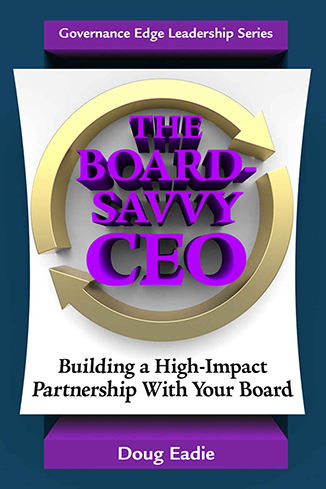I’m pleased to share the fourth podcast in this blog’s ongoing series on updating nonprofit business models, featuring Rob Paterkiewicz, Executive Director and CEO of Selected Independent Funeral Homes, a national trade association. You’ll recall that the May 18 post at www.extraordinaryceo.com takes a close look at the business model concept, which has been defined in various ways over the years. I really like Joan Magretta’s definition (in “Why Business Models Matter”) of business models as “at heart, stories – stories that that explain how enterprises work.” Magretta observes that a “good business model answers Peter Drucker’s age-old questions, ‘Who is the customer? And what does the customer value?’ ”
Rob’s podcast focuses on Selected’s customer – its members. Specifically, Rob tells how he worked closely with his Board of Directors in growing Selected’s membership by significantly upgrading the member recruitment function. Rob also describes how Selected has greatly improved member retention, principally by fostering active member engagement, which has both enhanced the value of membership and transformed members into stronger owners of the association.
Interviewing Rob for this podcast, I was struck by his passionate, hands-on leadership of the process of updating Selected’s business model, working in close collaboration with Board members. Selected is a prime example of successful large-scale innovation, which could not have been accomplished without Rob’s donning what I call the “Innovator-in-Chief” hat. Experience has taught me that CEOs who, like Rob, succeed at the Innovator-in-Chief role are tremendously “change-savvy,” meaning that they:
- Are technically very knowledgeable about best practices in the rapidly changing area of innovation planning and management. You’ll never hear a truly change-savvy CEO extolling the virtues of traditional long-range (or “strategic”) planning as an innovation tool.
- Realize that successfully bringing off significant innovation requires that he or she make leading the innovation planning and implementation process a top-tier priority. In practice, this means that the change-savvy CEO makes a firm commitment of time to leading change from the top, and never tries to delegate one piece or another of this leadership role to lieutenants.
- Understand that significant innovation is highly unlikely to be achieved unless the board is actively engaged in shaping and implementing innovation initiatives.
- And recognize that leading major change as Innovator-in-Chief of the organization is more psychological and political in nature than technical. Not only does the change-savvy CEO understand that fear is more often than not at the heart of board and staff resistance to change, he or she also takes strong, visible steps to allay that fear, for example through the clear articulation of vision and other motivational steps that are intended to inspire and energize participants in the innovation process.
Rob Paterkiewicz is an Innovator-in-Chief par excellence. We invite other Innovators-in-Chief to share their experience in updating the business models of their nonprofit organizations.






